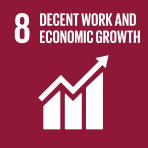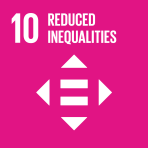Domestic resource mobilization

- Author: United Nations Economic and Social Commission for Asia and the Pacific
- Main Title: Economic and Social Survey of Asia and the Pacific 2001 , pp 169-200
- Publication Date: December 2001
- DOI: https://doi.org/10.18356/f2c48ba8-en
- Language: English
The largest share of financing for development has to originate from domestic resources. This is an inescapable necessity. Official development assistance has been declining. The tremendous increase in international private capital flows has bypassed the overwhelming majority of developing countries and a significant part of such flows is highly volatile, responding to the vagaries of unpredictable market sentiment. Data on savings and investment in the ESCAP region since 1985 show that overall the ratio of savings to GDP has been on a slight upward trend from around 21 per cent in 1985 to 29 per cent in 1999. This is a very positive sign for the region. However, when the overall picture is disaggregated, it is clear that this relatively high level of the overall savings rate is mainly accounted for by the high-growth countries in East Asia and South-East Asia. Four ASEAN members (Indonesia, Malaysia, Singapore and Thailand) as well as China; Hong Kong, China; and the Republic of Korea have all had savings rates greater than 30 per cent since 1990 (except Indonesia in the last three years). Savings rates in South and South- West Asia and the new members of ASEAN have historically been and remain, with a few exceptions, below 20 per cent. Most of the Central Asian republics also have quite low savings rates, two (Armenia and Kyrgyzstan) even having negative rates.
-
From This Site
/content/books/9789210598934s006-c002dcterms_title,dcterms_subject,pub_keyword-contentType:Journal -contentType:Contributor -contentType:Concept -contentType:Institution105


